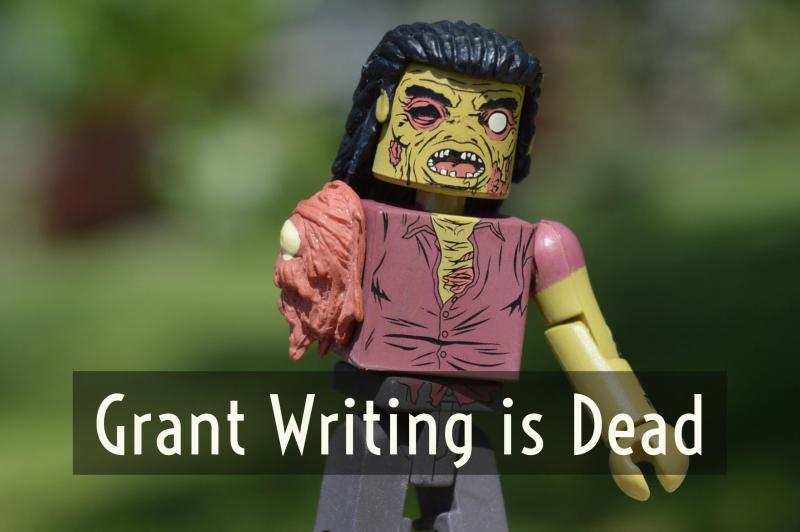Grant Proposal Development as Project Management

Using established project management strategies can streamline your process

Using established project management strategies can streamline your process

When confronting pressing community problems, the program planning of nonprofits is understandably motivated by their passion to set things right. The enthusiasm to make things better is a primal, driving force you’ve got to appreciate and nurture. But you’ve also got to temper the excitement behind a well-intentioned idea with a solid understanding of how to plan programs so they will really make a difference.

Many nonprofits are born from the grave concern of someone who’s experienced a tragedy, suffered from a problem, or witnessed others’ suffering first-hand. These nonprofits radiate an intensity of purpose that inspires others to action and captures the interest of grantmakers who want to partner with authentic organizations working deeply within their communities.

Grants are social investments that are intended to produce positive change. Defining intended change is easier for some types of programs than others. If you’re working to improve the health of diabetics, the proposed outcome may be a specific degree of decrease in blood sugar levels of participants. But grantseekers often get confused when developing outcomes for programs that are intended to stop something from happening in the first place.


There are many decisions involved in planning programs and developing grant proposals. While there are a lot of people involved in planning: program managers, financial staff, community members....They're each providing their input, their viewpoints, and contributing to decision-making. With all of the decisions and all of the people involved, it's easy to see how there can be misunderstandings.


Yes, really. It’s an old notion that’s run its course and that was never right in the first place. Time moves on, and in the best of circumstances people wise up. There’s a movement stirring, a new wind blowing. It’s a revolution that calls out to each and every person working in the field of grants, pushing them to wake up or to speak up, and to contribute their energy to move the work forward in the right direction.


Developing winning grant proposals requires a deep understanding of your organization. You’ve got to understand the organization’s capacity, expertise, and place in the community. You must be able to provide a concise, thorough overview of the organization, highlighting its fit with the proposed program. Can you answer the following 12 questions? If not, you’ll need to do some homework.